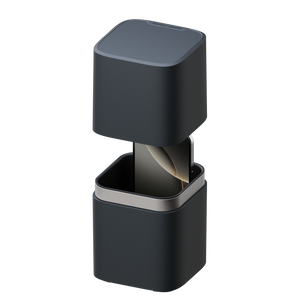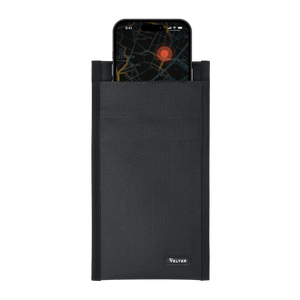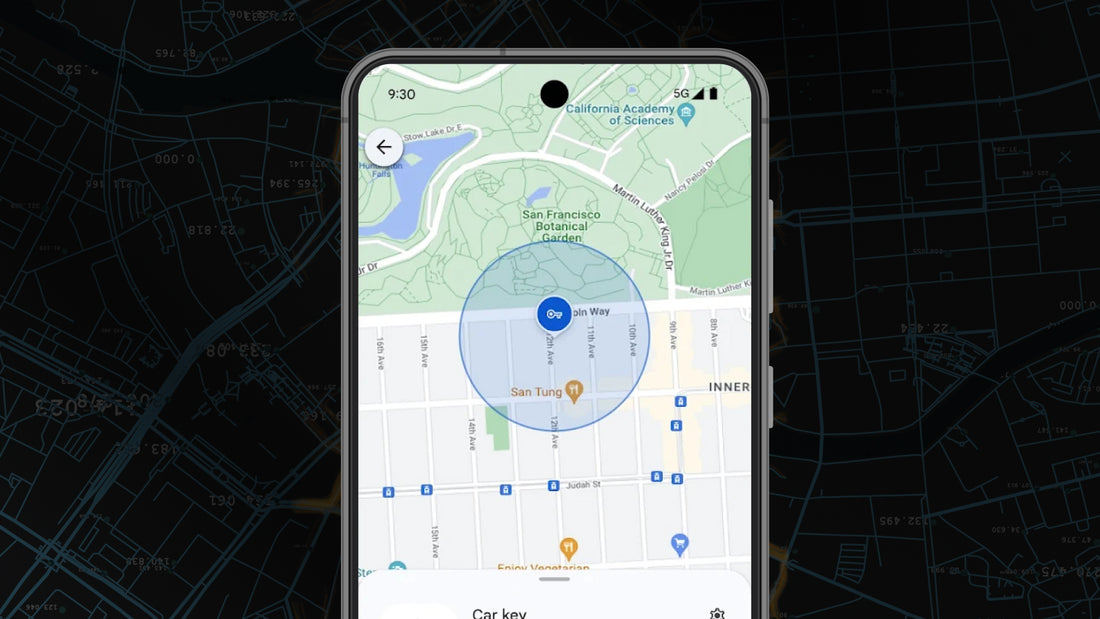
Recently, Android users have been notified about their phones joining Google's "Find My Device" network, designed to locate lost devices. Much like Apple's Find My service, Google's network can pinpoint even powered-off smartphones on a map. Let’s explore how this system works and the potential privacy concerns it raises.
Google's "Find My Device" mirrors Apple's Find My service but is built on Google’s extensive ecosystem. The mechanism is straightforward: each Android phone acts as a tracker, using Bluetooth to scan for nearby devices and log their locations. If a device goes missing, users can see its location on a map, based on data from other smartphones. Thanks to Bluetooth Low Energy, phones can act as location relays even when they’re turned off.
The scale of Google’s tracking network is vast, surpassing Apple’s by a significant margin. With Android holding roughly 70% of the global smartphone market share compared to iOS's 30%, Google's network is poised to be far more effective. Android devices are virtually everywhere, ensuring that the "Find My Device" network has minimal blind spots.
Google, like other tech giants, asserts that it has taken strong measures to protect user privacy.
Location data from your devices will be encrypted with your Android PIN, pattern, or password. Only you and those you authorize in the "Find My Device" app can access this data. Google claims it cannot access this information for any other purposes.
While these assurances sound comforting, the reality of big tech’s track record with privacy makes users wary. The most concerning aspect is not the potential for data breaches but the existence of a global tracking network that operates offline and now includes almost every smartphone on the planet.
Disabling Tracking in "Find My Device"
Unlike the automatic connection to the tracking network, opting out requires a manual process through your Google account settings.
Three days after enabling this feature, your Android devices will receive a notification. Before this notification appears, you can disable the network via the web version of the "Find My Device" service. This action will apply to all Android devices linked to your email address. After the feature is active, you can remove or re-add a device to the network at any time through the "Find My Device" settings.
However, Google's track record with transparent settings has been questionable. Previously, the state of Arizona fined Google $85 million for illegally tracking Android users' locations. Attorney General Mark Brnovich’s lawsuit in 2020 alleged that Google continued to collect location data even when tracking was disabled and made privacy settings deliberately difficult to access. Despite some changes, the complexity of Android’s location settings persists, requiring significant effort to disable them fully.
Trusting Google’s promises about service transparency is a personal decision. For those who need guaranteed privacy, software settings alone aren’t sufficient. To ensure a device is completely off the grid, physically blocking its wireless communication channels is necessary. This is best achieved with shielding devices and accessories.

These accessories, which include sleeves, bags, and backpacks with integrated Faraday cages, physically block radio signals and all communication standards. When inside a Faraday cage, a smartphone cannot exchange data via cellular networks, Wi-Fi, or Bluetooth — truly entering an offline state that cannot be bypassed or hacked. In this state, remote tracking of the device is physically impossible.


